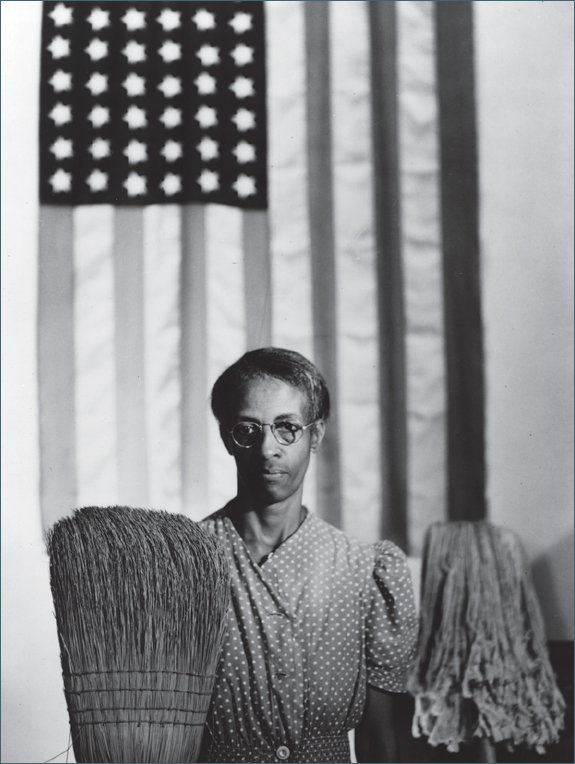PHOTOGRAPHS AS LITERARY TEXTS
PHOTOGRAPHS AS LITERARY TEXTS
Photography attained its status as art in the twentieth century. Even documentary photographs not originally conceived as works of art became prized for their striking depictions of the human condition. Three artists recognized for such work are Dorothea Lange (1895–
Reading the Genre
If you have a smartphone, chances are you take “documentary” photographs all the time to record what you do and see and whom you meet. How do these photographs differ from those by Lange, Evans, and Parks? How would you define serious “documentary photography,” and have you taken any shots that fall into that category?

Dorothea Lange, Jobless on Edge of Pea Field, Imperial Valley, California (1937).
Library of Congress, Prints and Photographs Division/FSA/OWI Collection.

Walker Evans, Burroughs Family Cabin, Hale County, Alabama (1936).
Library of Congress, Prints and Photographs Division/FSA/OWI Collection, LC-

Gordon Parks, American Gothic (1942).
Library of Congress, Prints and Photographs Division/FSA/OWI Collection.